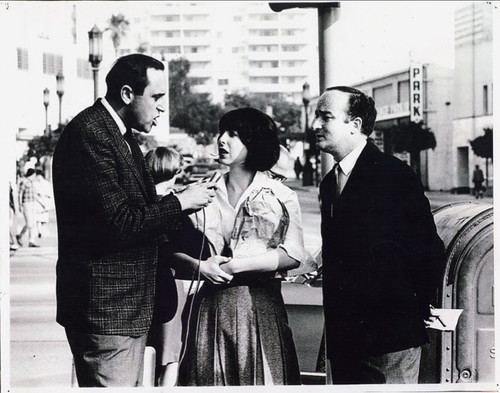La Universidad de Palermo elaboró un informe que señala que en las principales calles porteñas se sobrepasan los 70 decibeles permitidos por la OMS. Cabildo y Juramento encabeza la lista de las esquinas más molestas
Un grupo de alumnos de la Facultad de Ingeniería de la Universidad de Palermo elaboró un estudio sobre la contaminación sonora en la Ciudad y descubrió, entre otras cosas, que en muchas de las avenidas de Buenos Aires se superan ampliamente los niveles que establece la ley 1.540 de Control de la contaminación Acústica de la Ciudad.
Mientras que para el día permite hasta 65 decibeles en zonas residenciales y hasta 70 en zonas comerciales, y por la noche deben bajar a 50 y 60, respectivamente, se registró en Cabildo y Juramento 131,90 decibeles (db), un 25 por ciento más de lo que producen las turbinas de los aviones que despegan o aterrizan en el Aeroparque Jorge Newbery: 105,80 db.
Por otro lado, la investigación incluyó una encuesta a 914 personas, con cuyas respuestas se elaboró un ranking de avenidas percibidas como ruidosas. En el primer lugar está la 9 de Julio, seguida por las avenidas Corrientes, Santa Fe, Rivadavia. Cabildo y Pueyrredón. Las mediciones mostraron que en casi todas estas avenidas los niveles de ruido superan los 70 db. Sin embargo, el orden de los lugares donde se detectaron más decibeles no coincide con las elecciones subjetivas de los vecinos.
La Organización Mundial de la Salud considera el ruido como un tipo más de contaminación desde 1972. Y produce tres tipos de enfermedades: las auditivas, que consisten en el daño en las células que se van desgastando; los problemas fisiológicos producidos por el estrés, como enfermedades cardiovasculares, hormonales y digestivas; y las afecciones psicológicas, como insomnio y falta de concentración.
La investigación fue realizada por los estudiantes de Ingeniería, coordinados por los docentes Mónica López Sardi, Maricel Cattaneo y Ricardo Vecchio. Con un decibelímetro,
















